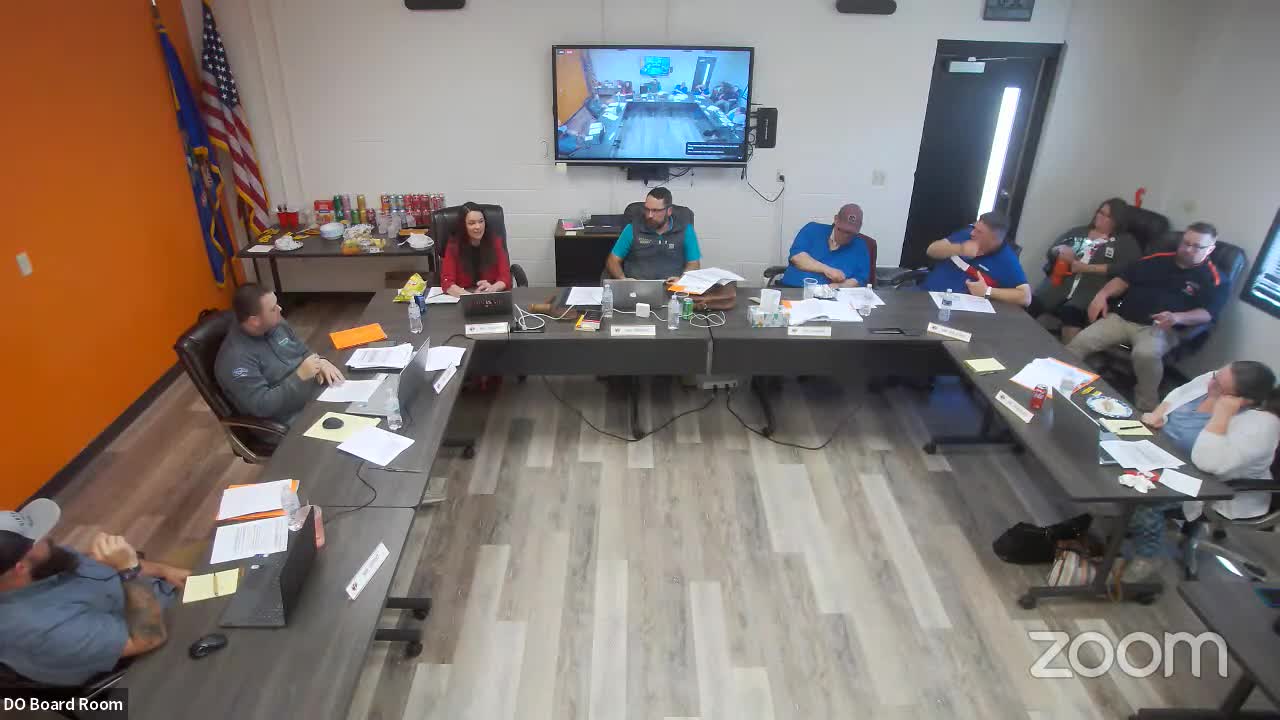Leadership Faces Accountability Amid Calls for Transparency
June 01, 2024 | WILLISTON BASIN 7, School Districts, North Dakota

This article was created by AI summarizing key points discussed. AI makes mistakes, so for full details and context, please refer to the video of the full meeting. Please report any errors so we can fix them. Report an error »

In a recent government meeting, board members engaged in a candid discussion about the need for improved communication and accountability within the organization, particularly in light of recent personnel changes and public dissatisfaction. The dialogue highlighted the importance of transparency and the necessity for leadership to take responsibility for past decisions that have not yielded the expected outcomes.
One board member emphasized the need for a strategic approach to disseminating information about significant changes, suggesting that a gradual \"leak\" of information could help stakeholders prepare for upcoming adjustments. This sentiment was echoed by others who expressed frustration over the board often being the last to receive critical updates, indicating a need for more consistent communication with both staff and the public.
The conversation also touched on the concept of accountability, with members advocating for leadership to openly acknowledge mistakes and engage in what was described as an \"apology tour.\" This approach was seen as essential for rebuilding trust with staff and constituents, particularly in light of recent criticisms regarding decision-making processes.
Additionally, the board discussed the potential for conducting surveys to gauge staff sentiments and gather feedback on how to improve organizational culture. The idea was to ensure that staff members feel included in decisions that affect them, thereby fostering a more collaborative environment. However, there was caution against framing these surveys in a way that could be perceived as punitive or as a means to evaluate individual performance negatively.
As the meeting progressed, members agreed on the necessity of a more personal touch in leadership communications, suggesting that direct apologies from the superintendent, possibly in video form, would resonate more with the public than written statements. This approach was seen as a way to convey sincerity and foster a sense of accountability.
The board concluded with a commitment to further explore these ideas, including the development of a plan to enhance staff engagement and improve overall morale. The discussions underscored a collective desire for a more transparent and accountable leadership style, aimed at restoring trust and improving the organizational climate.
One board member emphasized the need for a strategic approach to disseminating information about significant changes, suggesting that a gradual \"leak\" of information could help stakeholders prepare for upcoming adjustments. This sentiment was echoed by others who expressed frustration over the board often being the last to receive critical updates, indicating a need for more consistent communication with both staff and the public.
The conversation also touched on the concept of accountability, with members advocating for leadership to openly acknowledge mistakes and engage in what was described as an \"apology tour.\" This approach was seen as essential for rebuilding trust with staff and constituents, particularly in light of recent criticisms regarding decision-making processes.
Additionally, the board discussed the potential for conducting surveys to gauge staff sentiments and gather feedback on how to improve organizational culture. The idea was to ensure that staff members feel included in decisions that affect them, thereby fostering a more collaborative environment. However, there was caution against framing these surveys in a way that could be perceived as punitive or as a means to evaluate individual performance negatively.
As the meeting progressed, members agreed on the necessity of a more personal touch in leadership communications, suggesting that direct apologies from the superintendent, possibly in video form, would resonate more with the public than written statements. This approach was seen as a way to convey sincerity and foster a sense of accountability.
The board concluded with a commitment to further explore these ideas, including the development of a plan to enhance staff engagement and improve overall morale. The discussions underscored a collective desire for a more transparent and accountable leadership style, aimed at restoring trust and improving the organizational climate.
View full meeting
This article is based on a recent meeting—watch the full video and explore the complete transcript for deeper insights into the discussion.
View full meeting
